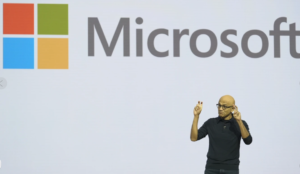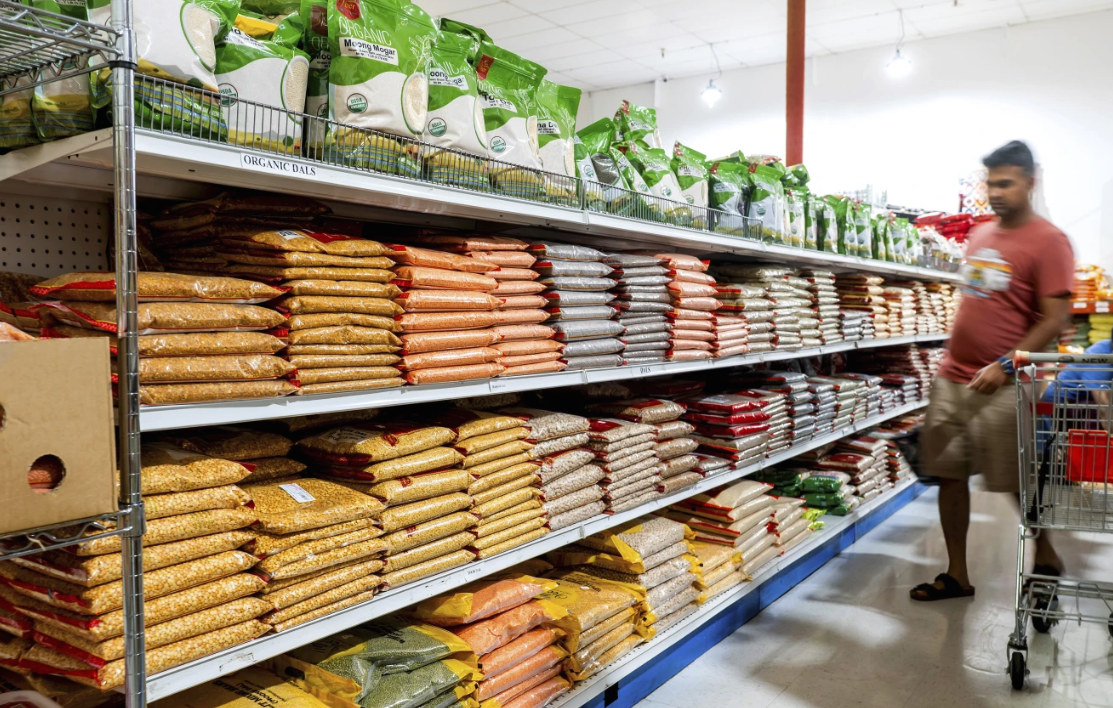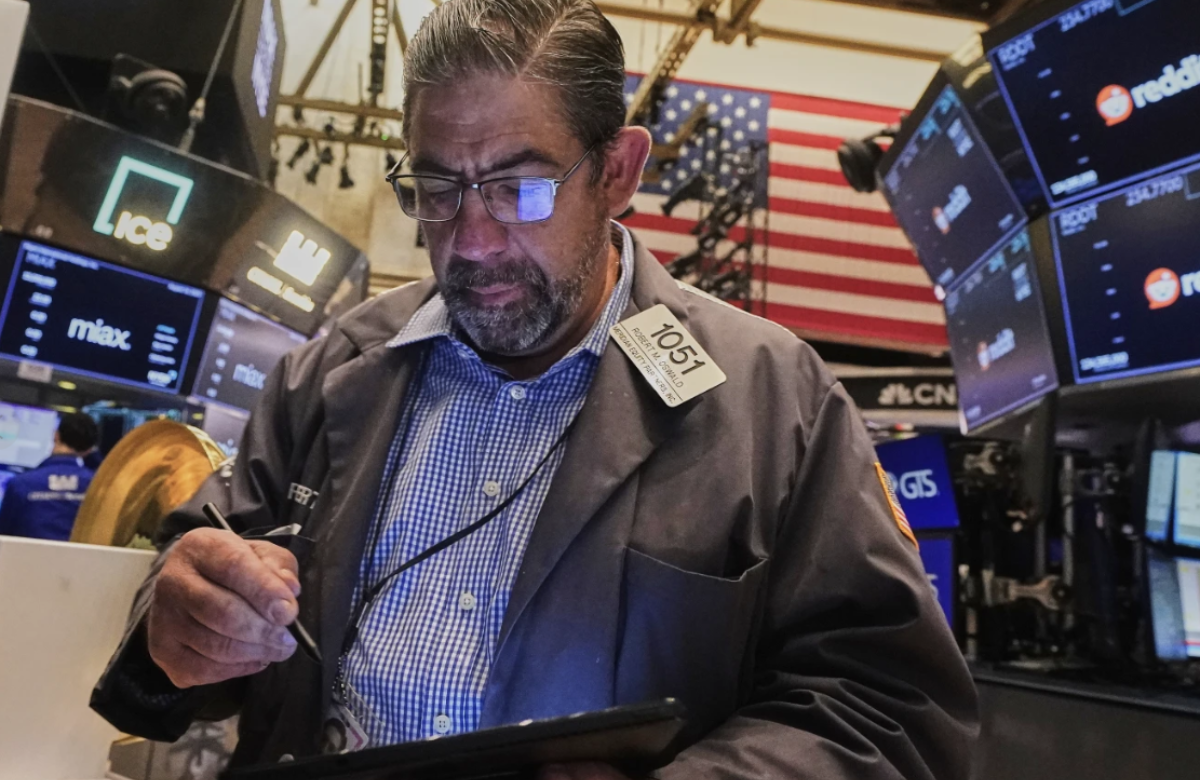China is ramping up its global partnerships—especially with Latin America—as a way to push back against former U.S. President Donald Trump’s aggressive trade policies. Just one day after China and the U.S. agreed to a 90-day pause in their ongoing trade war, Chinese leader Xi Jinping appeared with Latin American leaders to show a united front.
China is working hard to position itself as a stable and dependable partner for trade and development. This contrasts with the unpredictable environment created by Trump’s high tariffs and shifting policies.
Over the weekend, China and the U.S. agreed to hold off on further tariffs for 90 days to allow time for negotiations. Despite the temporary truce, China remains firm in its stance. Speaking at a forum with Latin American and Caribbean leaders, Xi repeated China’s message: “No one wins in a trade war,” and said that bullying tactics only lead to isolation.
Xi also made it clear that China is ready to collaborate with Latin America in response to rising global tensions, especially political divisions and protectionist trade policies. He emphasized building stronger political, economic, and security ties with the region.
In response to Trump’s earlier tariffs on Chinese goods, China had already started buying farm products like soybeans and beef from other countries—mainly Brazil and other Latin American nations. That shift has strengthened China’s trade relationships in the region.
Also on Tuesday, WTO Director-General Ngozi Okonjo-Iweala met with Japan’s Prime Minister Shigeru Ishiba, urging Japan to help defend the multilateral trading system amid ongoing disruptions caused by U.S. tariffs. She highlighted Japan’s key role in supporting and reforming the global trade body.
Japan is one of several countries still negotiating with the U.S. over Trump-era tariffs on cars, steel, and aluminum. The WTO, which once played a central role in opening up global markets, has seen its influence challenged by the U.S.’s shift toward protectionism.
Since returning to office, Trump has doubled down on tariffs, aiming to cut U.S. imports and bring manufacturing back home. Though the recent U.S.-China deal initially sparked optimism in financial markets, that quickly faded as investors realized the deeper global trade tensions haven’t gone away.
At the China-CELAC Forum, Xi laid out plans to deepen cooperation with Latin American and Caribbean nations. China will boost imports from the region, encourage Chinese companies to invest more, and increase partnerships in clean energy, 5G, and artificial intelligence. Xi also announced a new credit line worth 66 billion yuan (about $9.2 billion) to support regional development.
Trade between China and Latin America has been rising fast, crossing $500 billion for the first time last year. China is importing more agricultural goods, crude oil, iron ore, and key minerals from the region. Its investments through the Belt and Road Initiative (BRI) include building 5G networks, ports, and hydropower plants.
Colombia’s President Gustavo Petro confirmed that his country is formally joining the BRI—signaling confidence in China’s role in the region, even as some Chinese-backed projects have faced issues recently.
China also plans to invite 300 Latin American political party members to visit each year for the next three years. Additionally, it will offer 3,500 scholarships and other exchange opportunities. Five countries from the region will soon gain visa-free access to China, with more likely to follow. However, China hasn’t yet revealed which countries will be included.














